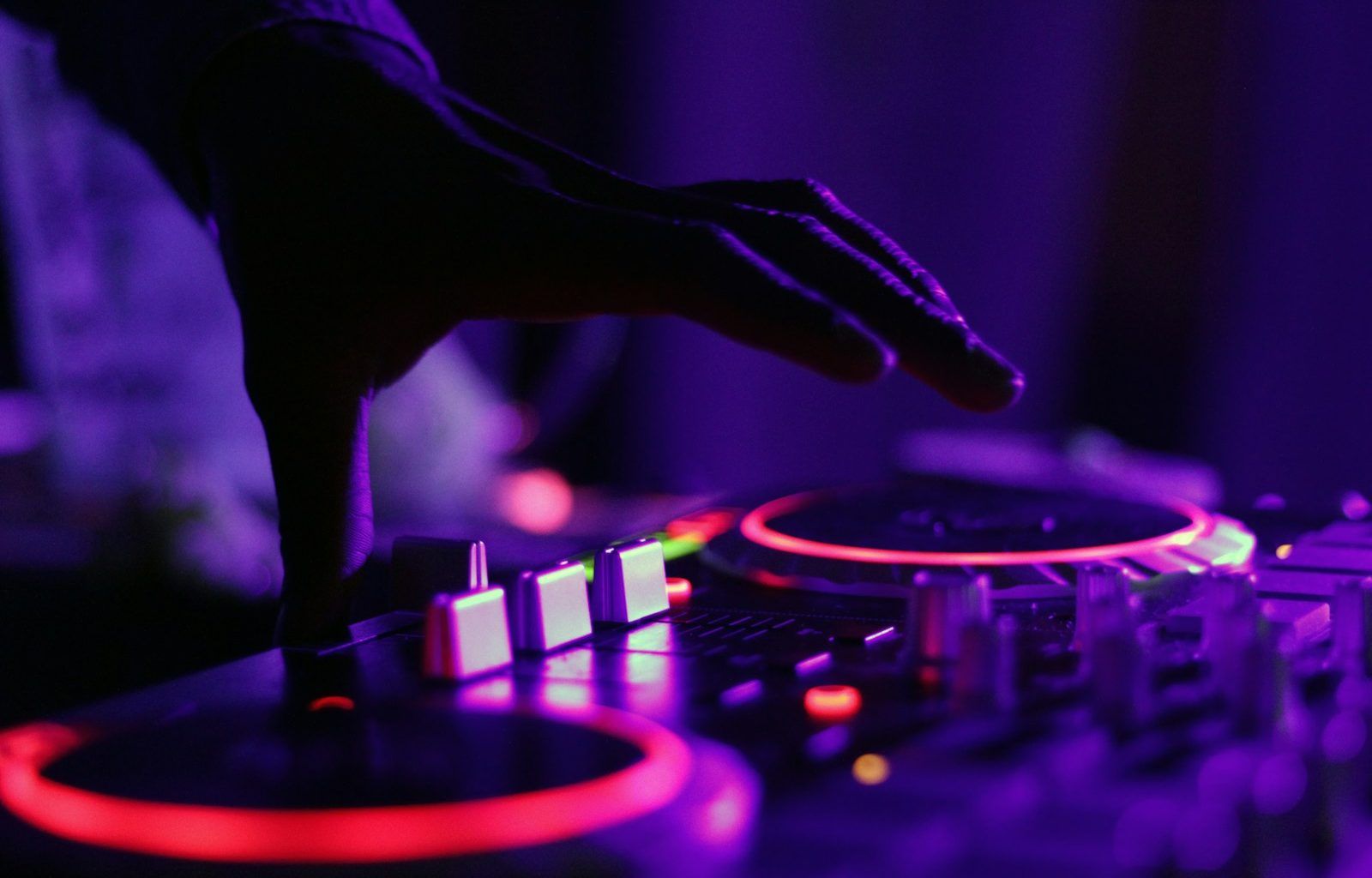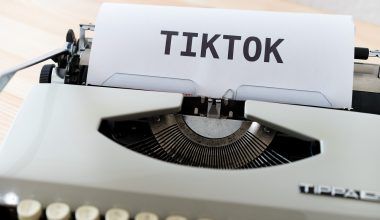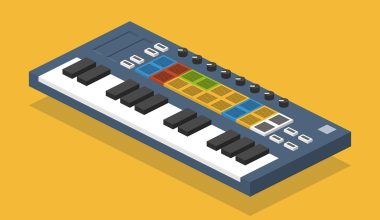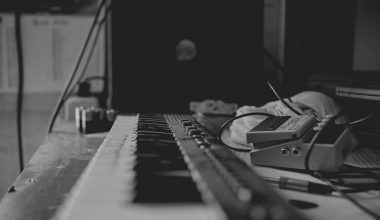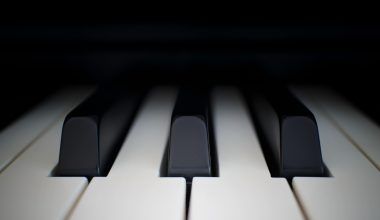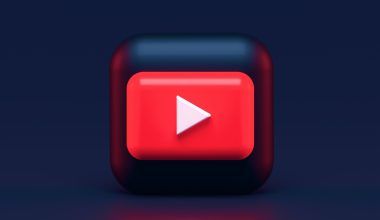Have you ever seen the phrase “I do not own the music rights” pop up in a video or social media post? If so, you’re not alone. It’s a common disclaimer used by content creators everywhere. But what does it really mean? Why do people use it, and is it enough to protect you from potential legal trouble? These are all questions many creators face as they try to navigate the tricky world of music copyrights.
In this guide, we’ll break everything down for you. Whether you’re new to content creation or a seasoned pro, understanding how music rights work is essential. This way, you can avoid the pitfalls of copyright infringement while still expressing your creativity. Let’s dive in.
What Does “I Do Not Own the Music Rights” Mean?
When someone says, “I do not own the music rights,” they’re essentially admitting they don’t have ownership of the song they’re using. In other words, they didn’t write, produce, or record the music. It’s a way of letting people—and copyright owners—know that the music in the background or overlaid on their content belongs to someone else.
However, this disclaimer does not grant permission to use the music. Copyright laws are strict, and simply stating that you don’t own the rights isn’t a free pass to use a song. It’s like saying, “I know I’m trespassing, but I told you I was trespassing, so it’s okay.” Unfortunately, it doesn’t work that way in the legal world.
Why Do People Use This Disclaimer?
So, if saying “I do not own the music rights” doesn’t protect you, why do people still use it? There are a few reasons:
- Misunderstanding of Copyright Laws
Many people think that adding the disclaimer is enough to shield them from legal consequences. It’s a common misconception, especially for those new to creating content online. - Acknowledgment of Ownership
Some creators use the disclaimer as a way to acknowledge the rightful owner of the music. While this shows respect for the artist, it still doesn’t legally allow the use of their work. - Habit or Trend
The phrase has become a bit of a trend, especially on platforms like TikTok and Instagram. People use it because they see others doing it, even if they don’t fully understand its implications.
How Copyright Laws Work
To fully grasp why “I do not own the music rights” isn’t enough, you need to understand how copyright laws work. Copyright gives the creator of a song, movie, book, or other creative work exclusive rights to control how it’s used. This means they can decide who can reproduce, distribute, or perform their work.
If you want to use someone else’s music in your video, you typically need to get their permission. This is often done through a license. Depending on how you plan to use the music, you might need:
- A synchronization license (for pairing music with visuals)
- A public performance license (for live events or streaming)
- A mechanical license (for creating a cover version)
The Risks of Using Music Without Permission
Ignoring copyright laws can lead to serious consequences. Here’s what can happen:
- Content Removal: Platforms like YouTube, Instagram, and TikTok have systems in place to detect copyrighted music. If they find you’re using a song without permission, they might take down your content.
- Monetization Loss: If you’re a content creator who earns money from ads or sponsorships, using unlicensed music can lead to demonetization. The revenue might go to the music’s copyright owner instead.
- Legal Trouble: In extreme cases, you could face legal action, including hefty fines.
- Reputation Damage: Constant copyright violations can harm your reputation as a creator. Brands and fans may start to view you as unprofessional.
Alternatives to Using Copyrighted Music
If you love using music in your content but want to stay on the right side of the law, here are some alternatives:
- Royalty-Free Music
Royalty-free music is a great option for creators. It allows you to use a song for a one-time fee or even for free, depending on the source. Websites like Epidemic Sound, Artlist, and Free Music Archive offer a wide selection of royalty-free tracks. - Creative Commons Music
Creative Commons licenses let artists share their work with specific usage rights. Some songs are free to use as long as you give credit to the creator. - Original Music
If you have a musical friend or the budget to hire a composer, consider creating original music for your content. This guarantees that the music is 100% yours. - Stock Music Libraries
Platforms like AudioJungle and Pond5 offer stock music you can purchase and legally use in your projects.
How to Properly Credit Music Owners
If you’re using music legally, it’s still important to credit the creator. This is not only a legal requirement in many cases but also a way to show respect for the artist. Here’s how to do it:
- In Video Descriptions: Mention the song title, artist, and source in the description of your video.
- On-Screen Credits: Include the information in the video itself, especially if it’s a longer production.
- During Livestreams: Verbally acknowledge the artist and their work.
Tips for Staying Creative Without Breaking Copyright Laws
You might think following these rules will stifle your creativity, but it doesn’t have to. Here are some tips to keep your content fresh and engaging:
- Experiment with Different Genres: Explore music styles you haven’t tried before. You might find a unique sound that sets your content apart.
- Edit Music Creatively: Use snippets, loops, or instrumental versions to create something original while staying within legal boundaries.
- Collaborate with Musicians: Partner with up-and-coming artists who are looking for exposure. It’s a win-win!
- Invest in Licensing: If you really want to use a popular song, consider investing in a license. It might be worth it for your brand.
Conclusion
Understanding the phrase “I do not own the music rights” is crucial for any content creator. While it might seem like a harmless disclaimer, it doesn’t protect you from copyright laws. The good news is that there are plenty of legal ways to use music in your projects without compromising your creativity.
By exploring royalty-free tracks, crediting artists, and investing in proper licenses, you can elevate your content while respecting the hard work of musicians. Remember, staying informed is the first step to staying creative.
For further reading, explore these related articles:
- Everything You Need to Know About the Billboard Dance Chart
- The Rise of Billboard Dance: Your Guide to the World of Electronic Music
For additional resources on music marketing and distribution, visit Deliver My Tune.
